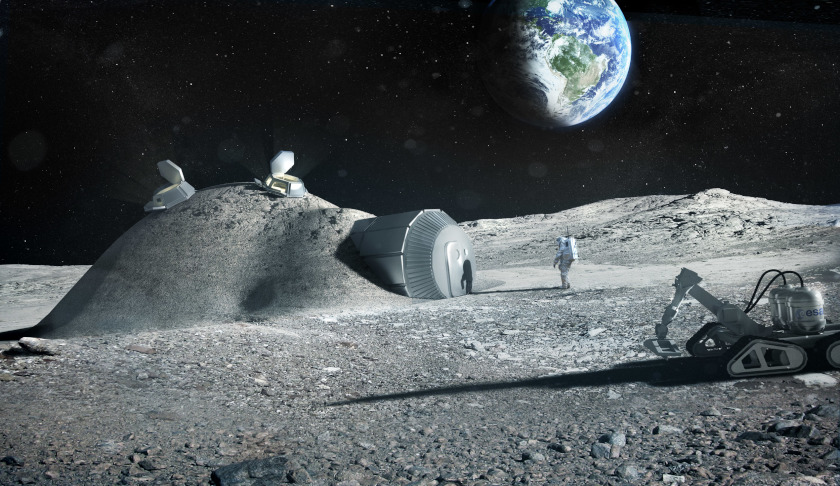With the 50th anniversary of Apollo 11 approaching, NASA administrator Jim Bridenstine paid tribute to Australia’s contribution to the mission in which man first set foot somewhere other than Earth.
Bridenstine said Australia played a significant role and all Australians should be proud of that.
The NASA boss was a special guest at a function at the home of ambassador to the US Joe Hockey in Washington to mark Australia’s role in the moon landing. Also attending was former astronaut and space shuttle commander Pamela Melroy.
Both spoke to the Australian media representatives in the US capital.
“We have to remember, when the Apollo program was under way we were in this contest of great power between the US and Soviet Union and trying to demonstrate our political system, our economic system and our technological prowess was superior,” Bridenstine told The Australian.
“And part of that required us to make sure we took images and photos but also downlinked the raw footage in real time so the whole world could watch as we demonstrated this technology.”
He said that was possible because of the Honeysuckle Creek tracking station outside Canberra. It relayed those first television images of astronaut Neil Armstrong stepping onto the moon surface, some of the most watched images in TV history.
Subsequently, the images were relayed through the larger Parkes radio telescope in NSW.
“Canberra enabled all of that to be presented to the entire world,” Bridenstine said.
He said commemoration of this historic mission should be a call to the future of space exploration.
“We are very excited to on-ramp Australia in that agenda … to go to the moon … (and) the next step is Mars,” Bridenstine said.
For a sustained presence on the moon and then Mars, the missions will need a capability to support themselves, possibly for years.
He said and Australia’s technology for autonomous mining was of great interest.
For the moon base, astronauts will need to mine for ice and then turn that into hydrogen for energy and oxygen to support life.
"….. it's something that we could definitely figure out how to include in the architecture for long-duration stays on the moon, which would be a tremendously valuable addition," Bridenstine told The Australian Financial Review.
NASA was founded in 1958 and for all its good work it has become a vast bureaucracy.
Melroy described it as a giant monstrosity, whereas the new Australian Space Agency (ASA), stood up a year ago, should be of a size and agility to make the best of the private sector and public research to drive Australia’s involvement in space.
"They really need an organisation that's capable of pulling off sending autonomous extractors to the moon, digging out some water and handing it to our international partners for fuel," she said.

